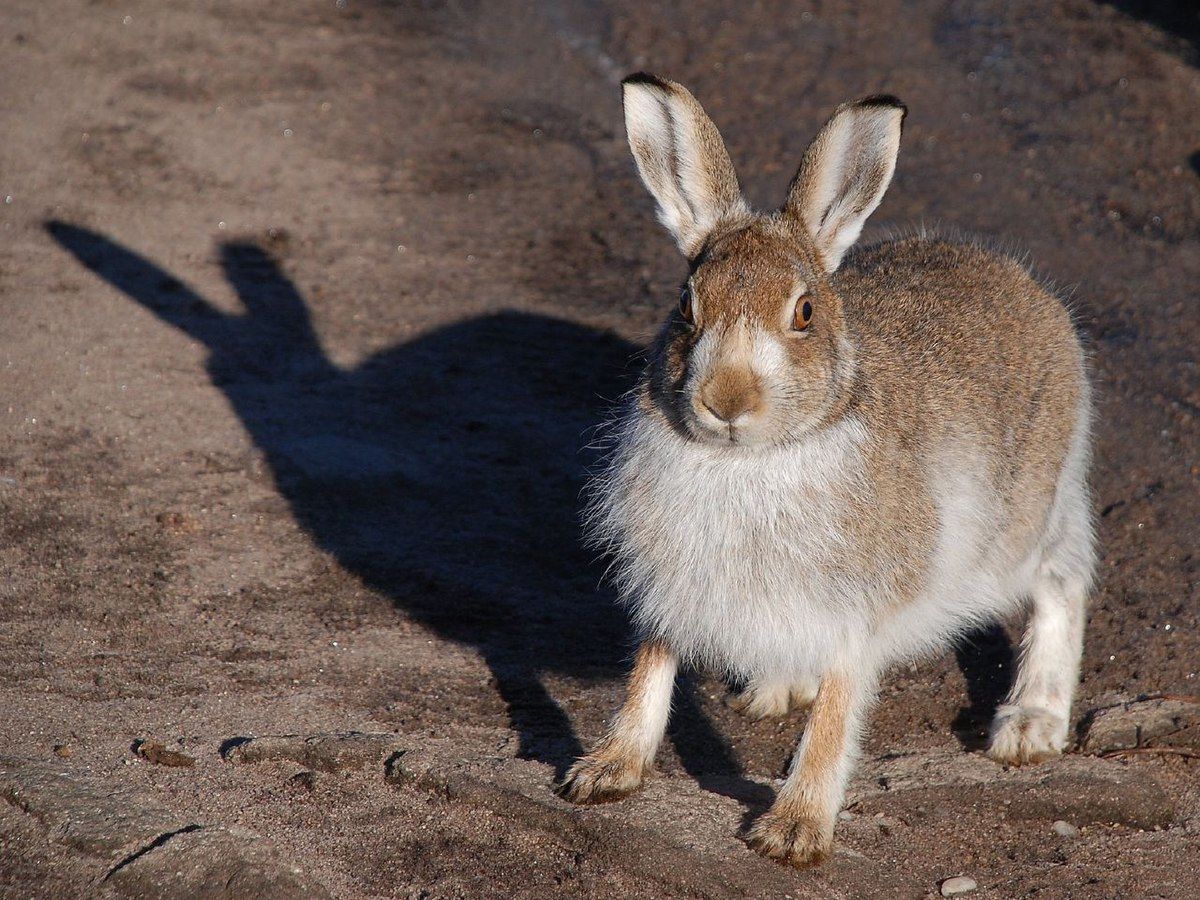Follow us on Google News (click on ☆)
For these animals, the color change is mainly linked to seasonal molting. They shed their winter coat, often thick and white for camouflage in snow, and replace it with a shorter, brown coat that helps them blend into the summer landscape, such as earth, rocks, or vegetation. This change follows the rhythm of daylight: it's not directly temperature that triggers molting, but the duration of light exposure, a phenomenon called photoperiodism.
But not all color changes in animals are related to fur. Some reptiles, fish, or insects, like chameleons or certain cuttlefish, change color in real time based on their mood, environment, or temperature. For them, specialized skin cells called chromatophores contract or expand to display different colors. This type of change is rapid and often reversible.
Other animals, like some frogs, change color to regulate their body temperature. In summer, a lighter shade can help them reflect more light and stay cool, while a darker color absorbs heat when it's cold.
Finally, some birds or fish see their colors become more vibrant in summer, especially during breeding season. These brighter colors then serve to attract a mate, like a kind of visual message.
Thus, color change in animals doesn't have a single explanation. It can be for camouflage, temperature regulation, communication, or reproduction. In all cases, it's a refined response to their environment. Summer, with its long days and new conditions, drives many species to transform for better survival.
